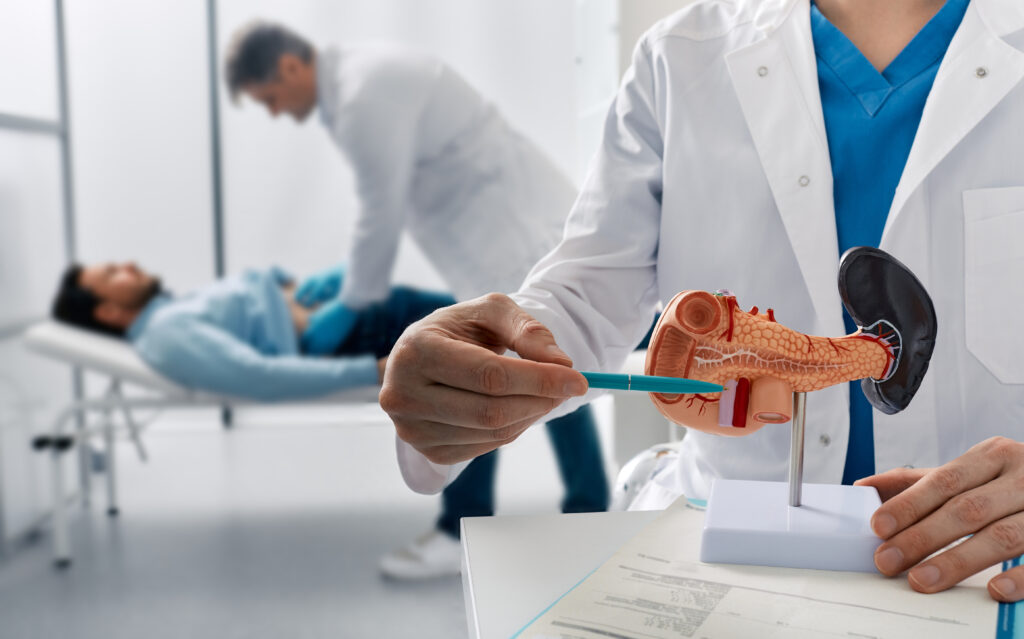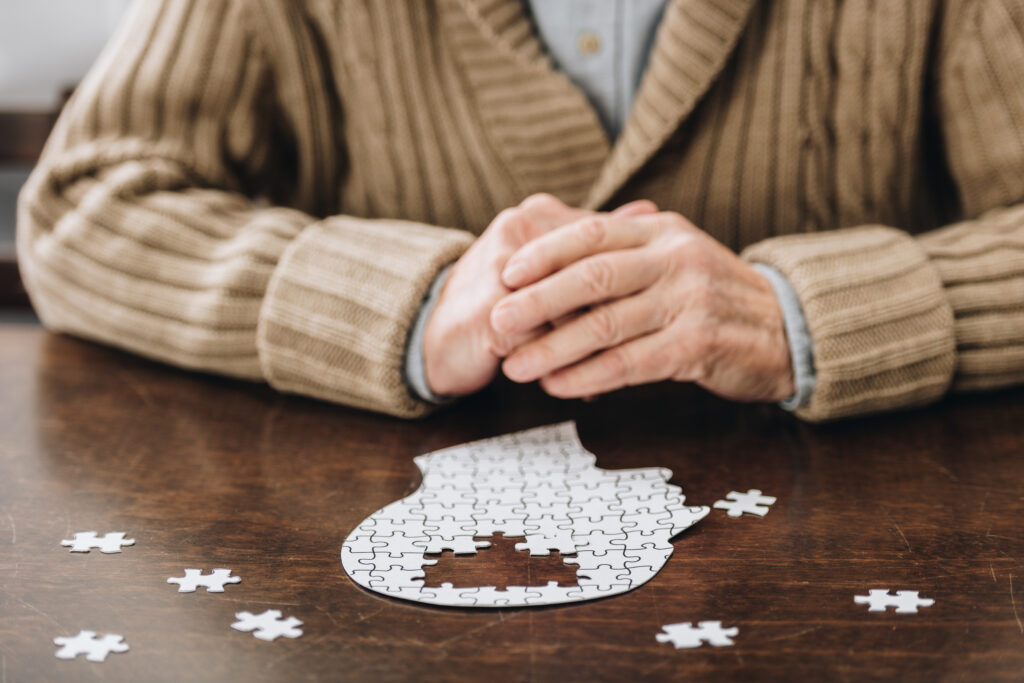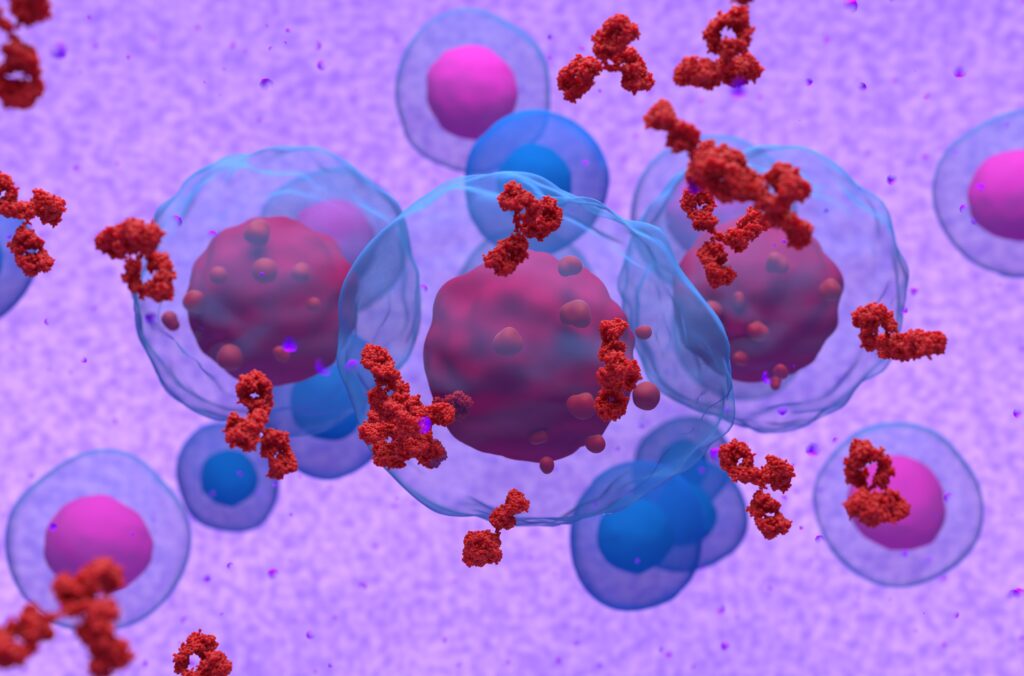
The large gland behind your stomach is called your pancreas. The pancreas has two essential functions; the first is to make insulin, and the second is to make juices that
help you digest your food. When the pancreas becomes inflamed, you may develop
a condition called pancreatitis. Pancreatitis is a common condition and can often get
better with treatment.
What Is Pancreatitis?
Pancreatitis is a fairly common condition affecting thousands of people yearly. The condition occurs when your pancreas becomes inflamed and causes complications. According to the National Institute of Diabetes and Digestive and Kidney Diseases, there are two types of pancreatitis: acute and chronic.
Acute pancreatitis occurs when your pancreas becomes suddenly inflamed and can improve with treatment. If you have acute pancreatitis, your symptoms can resolve within a few days of receiving proper treatment.
Chronic pancreatitis lasts much longer, and your symptoms do not resolve with treatment. Chronic pancreatitis is a less common type of pancreatitis, which can cause long-term damage to your pancreas.
Factors that put you at a higher risk for acute and chronic pancreatitis include:
- Obesity
- Autoimmune conditions
- Diabetes
- History of gallstones
- Smoking
- Engaging in heavy alcohol use
- High triglyceride levels
- Having a genetic disorder of the pancreas
- Having cystic fibrosis
- Personal or family history of pancreatitis
Pancreatitis occurs more commonly in men than women, and African American individuals have a higher risk of pancreatitis.
What Are the Symptoms of Pancreatitis?
If you’re concerned about pancreatitis, knowing the symptoms can help you obtain treatment quicker since you’ll know what to look for.
Common symptoms of acute pancreatitis include:
- Pain in your upper abdomen that may spread to your back
- Nausea
- Vomiting
- Increased heart rate
- Fever
- Tenderness or swelling in the abdomen
If you have any of these symptoms, it’s best to consult a medical professional or go to the hospital immediately; pancreatitis can cause severe complications without treatment.
Common signs of chronic pancreatitis include:
- Pain in the upper abdomen (although some people with pancreatitis experience no pain)
- Weight loss
- Diarrhea
- Nausea
- Vomiting
- Foul-smelling stools
According to the National Pancreas Foundation, a diagnosis requires a medical history, a physical exam, and labs and imaging tests. The physical exam often involves checking your abdominal area for swelling or pain.
What Causes Pancreatitis?
Sometimes it’s difficult to determine the cause of pancreatitis. The most common causes of pancreatitis are gallstones and heavy alcohol consumption. Gallstones can move out of your gallbladder and block the opening of your pancreas. If this occurs, enzymes that typically digest food may begin digesting the pancreas instead.
Heavy alcohol use has also been linked to the development of acute pancreatitis. Excessive drinking can interfere with the enzymes in your pancreas, causing inflammation.
Less common causes of pancreatitis include:
- Viral infections
- The use of specific medications, such as those used for chemotherapy or antibiotics
- Complications from cystic fibrosis
- Accidental damage to the pancreas
If you have risk factors for developing pancreatitis and have been experiencing symptoms, you might consider contacting your healthcare provider.
What Treatments Are Available for Pancreatitis?
Treatments for pancreatitis vary based on the severity of the condition. Many people hospitalized for acute pancreatitis receive IV fluids and pain medications. You may have to consume only clear liquids and low-fat foods if you can eat at all.
In more severe cases, you may have an NG tube placed which passes from your nose to your stomach, removing air and fluid and giving your pancreas time to heal. The NG tube can also put liquid food in your stomach.
Some people also might receive an endoscopic retrograde cholangiopancreatography, an X-ray, and a tube put in their mouth and throat to find and treat problems in their gallbladder and pancreas.
If gallstones are causing pancreatitis, you might have to have surgery to remove your gallbladder.
Avoiding chronic pancreatitis may involve making lifestyle changes for treatment, such as:
- Quitting smoking
- Reducing or stopping alcohol consumption
- Using enzyme supplements to aid in digestion
- Eating high-protein and low-fat meals
- Medication for chronic pain
- Taking insulin (for diabetes)
Surgery may sometimes be necessary to remove damaged parts of the pancreas. Some people may also need a special procedure called an islet cell transplant.
Overview
Pancreatitis is a common condition in which the pancreas becomes inflamed. If it is left untreated, it can cause serious complications. There are two forms, both acute and chronic pancreatitis.
Acute pancreatitis can resolve after a few days; with treatment, you may feel relief from symptoms within a few days. Chronic pancreatitis involves making many lifestyle changes and may involve more invasive forms of treatment. If you’re experiencing symptoms of pancreatitis, such as upper abdominal pain, it’s essential to visit a healthcare provider as soon as possible.
Resource Links
- “Definition and Facts for Pancreatitis” via National Institute of Diabetes and Digestive and Kidney Diseases
- “Chronic Pancreatitis” via National Pancreas Foundation
- “Acute Pancreatitis” via NHS Inform
- “Pancreatitis” via Johns Hopkins Medicine





